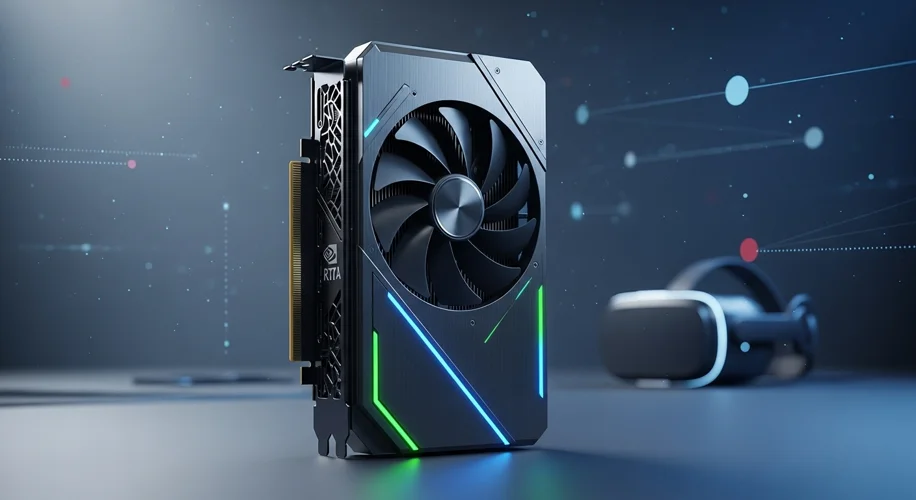Okay, so hear me out. The rumor mill has been buzzing about NVIDIA’s next-gen GPUs, specifically the RTX 50 series, and as someone who’s spent a good chunk of time messing around with VR development and, honestly, just getting lost in virtual worlds, I’ve been keeping a close eye on this.
Today is July 29, 2025, and while nothing is officially confirmed by NVIDIA, the whispers are getting louder. The big question on my mind, and probably on yours if you’re into VR, is: what does the RTX 50 series, particularly a potential RTX 5070, mean for us?
My background in AI and dabbling in VR startups means I’m always looking at how hardware advancements can push the boundaries of what’s possible. For VR, that usually boils down to smoother frame rates, higher resolutions, and more complex environments without a dreaded drop in performance. We’ve all experienced that jarring moment when the frame rate stutters in VR – it’s not fun.
SK hynix has been hinting at increased VRAM for the next generation, and that’s a huge deal for VR. Higher resolutions and more detailed textures are VRAM hungry. If a card like the rumored RTX 5070 comes with a significant VRAM boost over its predecessors, it could mean sharper, more immersive visuals in games and applications. Imagine running those demanding VR titles at native headset resolutions with all the graphical bells and whistles turned up. That’s the dream, right?
Beyond just raw power, I’m curious about architectural improvements. NVIDIA often introduces new features with each generation. Will there be specific optimizations for VR rendering techniques? Things like Variable Rate Shading (VRS) have already made a big impact, and improvements here could lead to more efficient performance, allowing us to push visual fidelity even further or simply get more headroom for multitasking within VR.
From my own projects, I know how much processing power is needed to render two separate images for each eye, often at high refresh rates. Any leap forward in raw compute power, coupled with efficient memory bandwidth, directly translates to a better VR experience. It means less motion sickness, more responsiveness, and the ability to explore more intricate virtual spaces.
So, while we’re still waiting for the official specs and launch dates, the potential for the RTX 50 series to elevate our VR experiences is genuinely exciting. For anyone invested in high-fidelity VR gaming or even developing their own virtual worlds, keeping an eye on these next-generation GPUs is definitely worthwhile. Let’s hope the rumors hold up and we get some serious power to play with!

